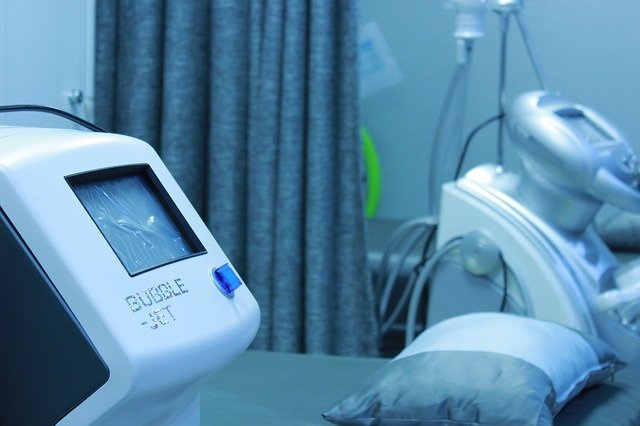The field of plastic surgery has gradually moved from one that was formerly filled with controversies into one that is now gaining global acceptance. A lot of factors have been responsible for this transition. But one of the foremost factors has been the openness with which people now discuss these procedures. Those going for plastic surgery are no longer castigated as vain or having too much money to waste. It is now respected as one of the ways by which you can feel good about yourself.
With this newfound independence comes the willingness to explore the numerous procedures available. And another procedure that is fast gaining recognition is the Mini Facelift. A facelift is a procedure that seeks to combat the signs of aging that are otherwise considered normal. It involves less scarring than you would expect from a full rhytidectomy procedure. A mini rhytidectomy is a great option for people who are approaching the old age bracket but still wish to retain a youthful look. It has the advantage of a quicker recovery period and avoiding an extended scar.
 When to go for a facelift
When to go for a facelift
Usually, injection of synthetic dermal fillers or botulinum toxin is the common procedure performed to mask the effects of aging. But you’ll need to see a plastic surgeon for regular re-injections. You would get to a point where there’ll be only so much these injections can do and your doctor may advise you to go for a mini facelift. A mini facelift can help t=you correct the following:
- Crow’s feet
- Creases that run from the nose to the corner of the mouth.
- Weakening of the muscles in the lower part of the face or jaws
- Excess fatty tissues below the jaw.
How it is done
A mini facelift requires an incision that stops just behind the hair. A regular facelift on the other hand requires an incision that extends all the way into the hairline. After the portion required portion on the face has been incised, the SMAS layer is worked upon in order to create the desired look. In cases where there is excess skin following the tightening of the SMAS layer, the excess skin is removed and the incision is closed to allow the patient commence the journey to recovery. Sometimes, fat transfer and double eyelid surgery are recommended alongside the facelift, depending on the needs of the patient.
ALSO READ : FATS TRANSFER TO BUTTOCKS
Recovering from a mini facelift
Most patients take time off work following a facelift so as to allow the healing of the bruise before resuming strenuous activities. The bruise should heal up within one to two weeks after the procedure. You may experience some swelling or a mild discomfort during this period but it shouldn’t prove too serious. You could apply cold compresses for a day or two after the surgery and you should also try keeping your head elevated.
What to expect
If done right, a mini facelift could take many years off your face. The wrinkling or sagging skin that comes with aging is eliminated and you would go about looking 10 years younger (or more). A facelift has been shown to improve self-esteem and the inner radiance is easily portrayed on the outside. A mini facelift typically lasts for about 10years or slightly longer. If the signs of aging start becoming noticeable again, you could consult your doctor to talk about the possibility of another procedure.

 When to go for a facelift
When to go for a facelift 






